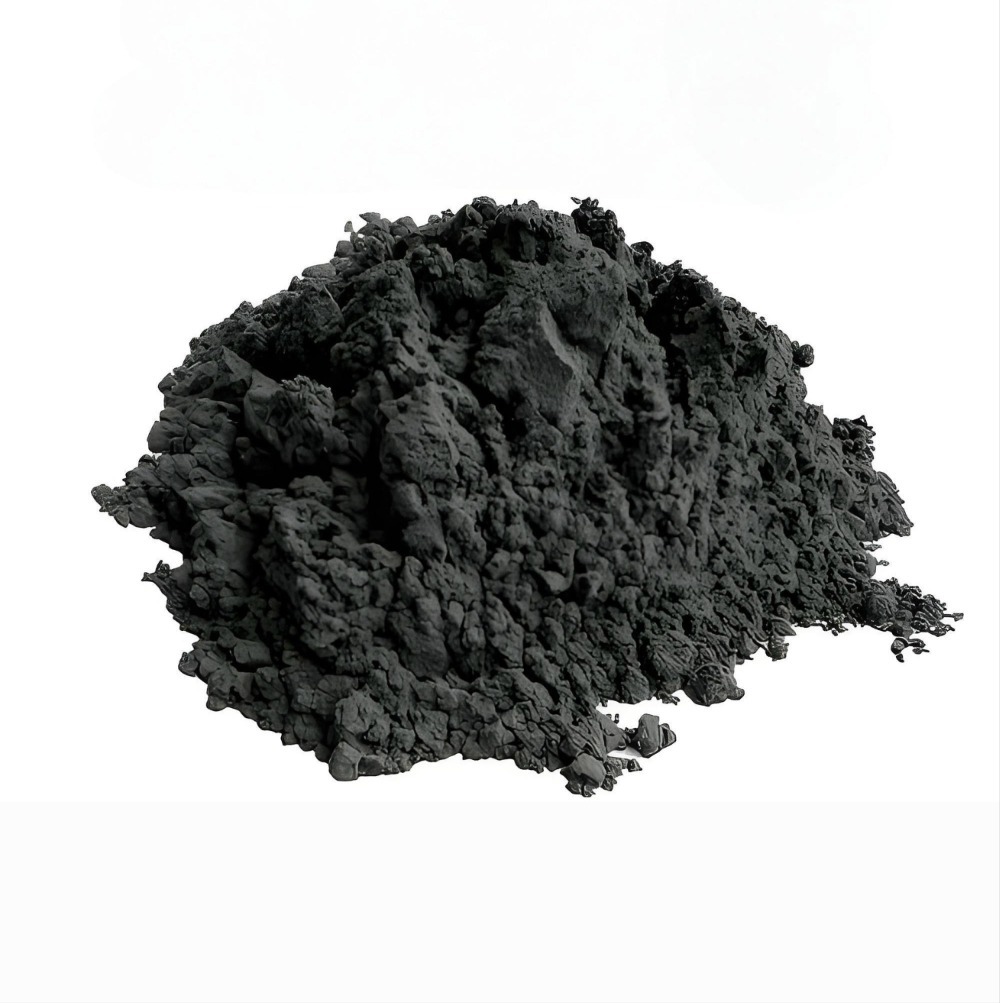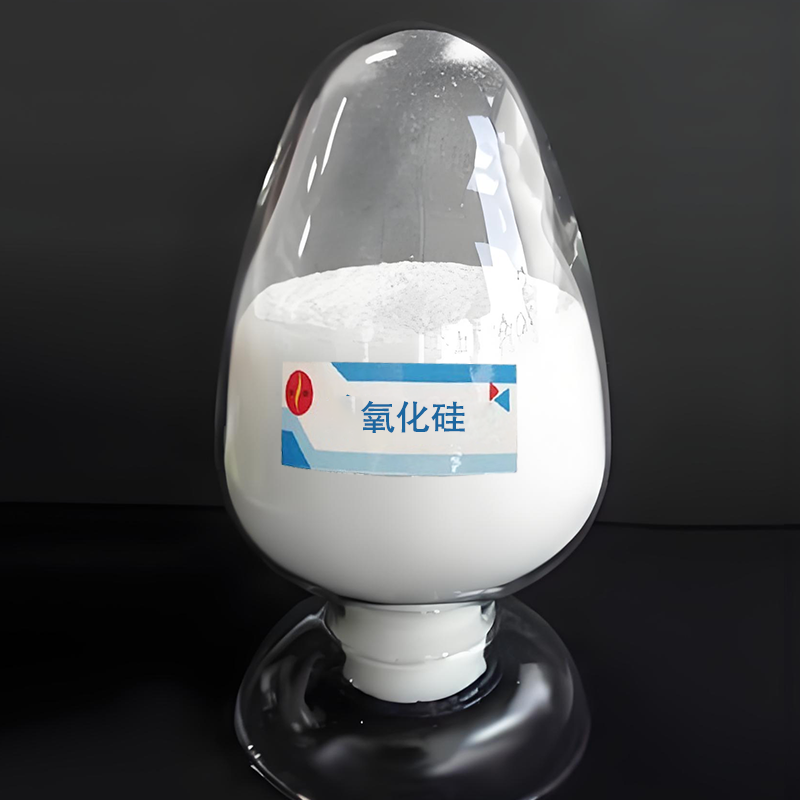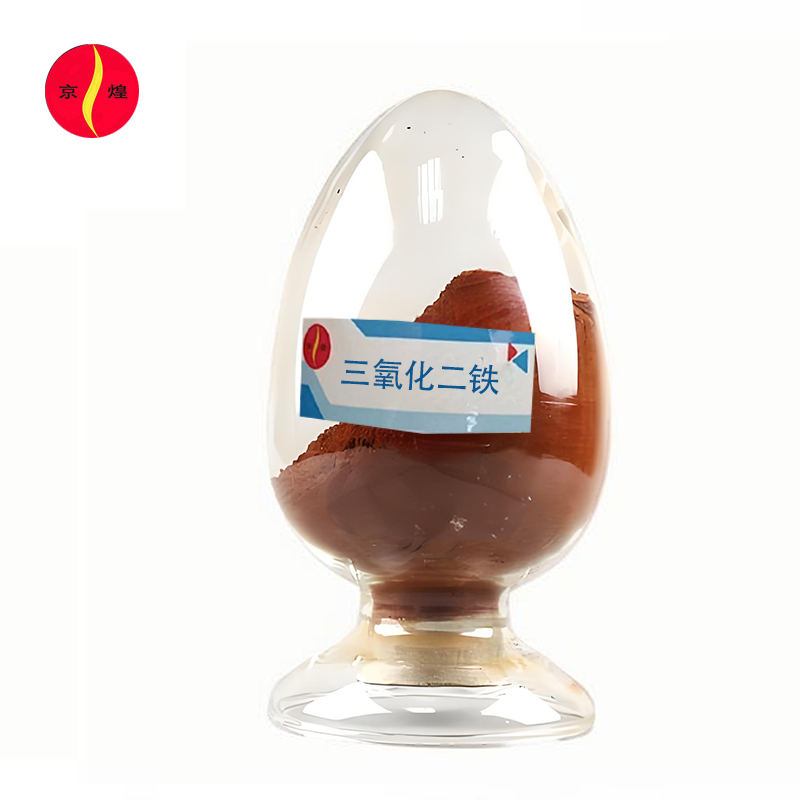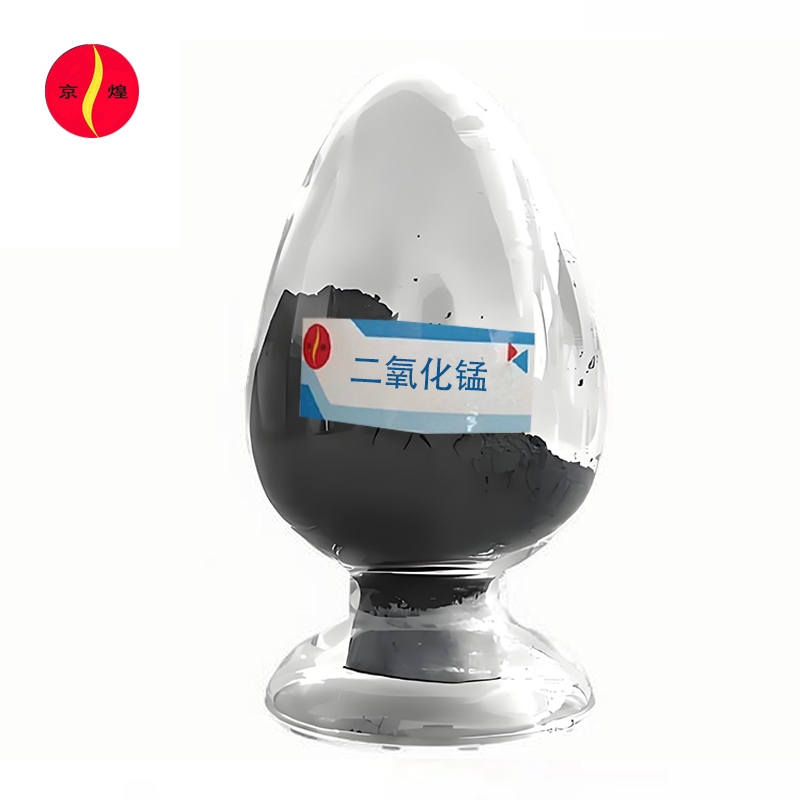Contact Us
Tel/WeChat: +86 13273449929
E-mail: sales1@jinghuangnm.com
Address: 1803, Block C, Wanda Plaza Office Building, Yuhua District, Shijiazhuang City, Hebei Province
Refractory high-entropy alloy powder
- Commodity name: Refractory high-entropy alloy powder
Number:
Key words:
- Product Description
-
Product Overview:
Refractory high-entropy alloy powders are typically composed of various high-melting-point refractory metal elements (such as tungsten, molybdenum, tantalum, niobium, hafnium, etc.). Their physical and chemical properties exhibit high melting points, the ability to withstand high temperatures, excellent high-temperature strength and hardness, and the ability to maintain good mechanical properties in high-temperature environments. They also have outstanding thermal stability, good chemical stability, strong oxidation and corrosion resistance, and display complex microstructures and phase compositions.
In terms of applications, in the aerospace field, they can be used to manufacture key components of aircraft engine hot ends, rocket nozzles, and other areas subject to high-temperature and high-speed airflow erosion, to meet the demands of high-temperature working conditions; in the energy industry, they can be applied to advanced nuclear reactor components, ensuring the stable operation of nuclear facilities due to their radiation resistance and heat resistance; in precision manufacturing, they are used to produce high-performance cutting tools, wear-resistant molds, etc., significantly improving processing accuracy and service life; in high-temperature protective coatings, they can serve as high-quality coating materials to enhance the high-temperature protection performance of substrate materials.
Product Parameters:
Particle Size/(μm)
Loose Bulk Density (g/cm)
Tapped Density(g/cm)
Hall Flow Rate(s/50g)
Sphericity (%)
W-Mo-Ta-Nb
15-45/45-106/Others
≥7.5
≥8.5
≤10.0
≥98
W-Mo-Ta-Nb-V
15-45/45-106/Others
≥7.5
≥8.5
≤10.0
≥98
W-Mo-Ta-Nb-Zr
15-45/45-106/Others
7
≥8.5
≤10.0
≥98
Ta-Nb-Zr-Ti
15-45/45-106/Others
≥6.0
≥7.0
≤15.0
≥98
Ta-Nb-V-Ti
15-45/45-106/Others ≥6.0
≥7.0
≤15.0
≥98
W(at%)
Mo/(at%)
Ta/(at%)
Nb/(at%)
V/(at%)
Ti/(at%)
Zr/(at%)
N/(wt%)
W-Mo-Ta-Nb
24-26
24-26
24-26
24-26
≤0.01
≤0.01
≤0.01
0.005
W-Mo-Ta-Nb-V
19-21
19-21
19-21
19-21
19-21
≤0.01
≤0.01
≤0.0
W-Mo-Ta-Nb-Zr
19-21
19-21
19-21
19-21
≤0.001
≤0.02
19-21
≤0.02
Ta-Nb-Zr-Ti
≤0.01
0.01
24-26
24-26
≤0.001
24-26
24-26
0.02
Ta-Nb-V-Ti
≤0.01
≤0.01
24-26
24-26
24-26
24-26
≤0.01
≤0.02
Get Quote
Note: Please leave your contact information and our professionals will contact you as soon as possible!
Related Products








